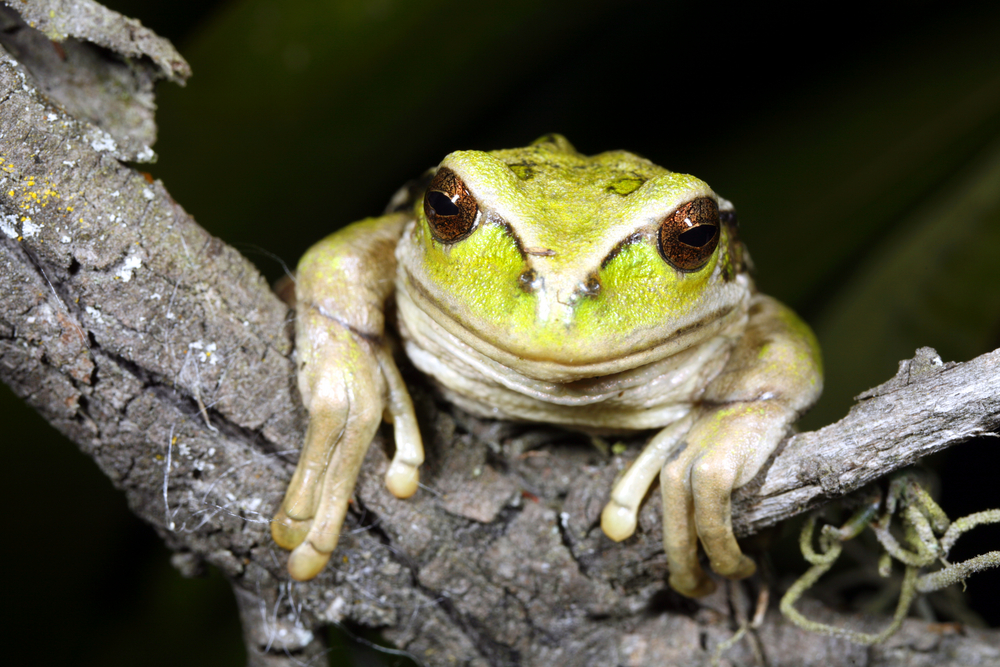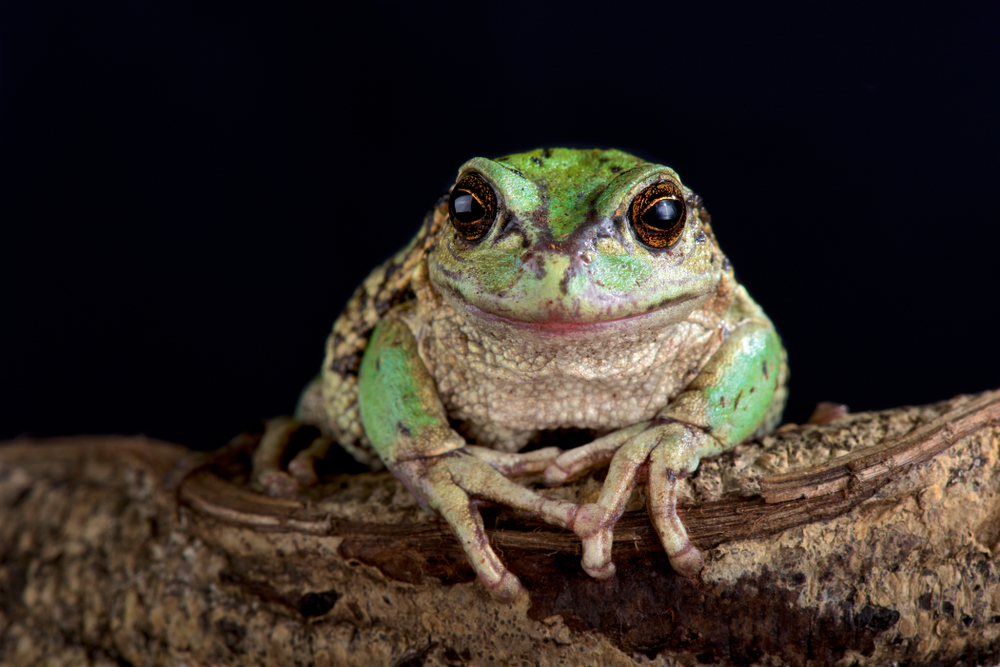The Riobamba marsupial frog (Gastrotheca riobambae), sometimes called the Andean marsupial frog, is a species of arboreal frog from the Ecuadorian Andes. The name “marsupial” comes from the species’ breeding behaviours, as the female will carry her eggs around in a pouch until the tadpoles develop into fully formed froglets. They are also reasonably sociable frogs with unique calls that make them perfect for a display terrarium.

Riobamba marsupial Frog captive husbandry
Naturally, with such a fascinating breeding cycle, most hobbyists working with the species aim to breed them eventually and with the mother frog doing most (if not all) of the work raising the tadpoles, they are now abundant in captivity and available in the UK for a very low cost. They are less common in the US and Europe and therefore offer a great opportunity for an experienced keeper to embark on a fascinating breeding project.
Riobamba marsupial frogs require relatively cool temperatures (20 – 25℃), in a tropical setup with plenty of vegetation. Their morphology has allowed them to blend into mossy branches and therefore, a high-humidity, moss-filled, cloud forest-esque enclosure is most appropriate. G. riobambae grows to around 7cm in length, so a 45x45x60cm glass enclosure is appropriate for one or two adults.
A low level UVB bulb, for example ExoTerra UVB 100 T5 3%, and plant LEDs can sufficiently replicate the natural sun light these animals experience. Providing a day and night cycle is an important part of Riobamba marsupial frog husbandry. As with all insectivorous frogs in captivity, diet variation is key. Providing your frog with a greater range of prey selection will help meet their nutritional needs. All prey items should be sufficiently gut loaded and supplemented.
To read about an another fascinating amphibian, the Japanese flying frog, click here.
